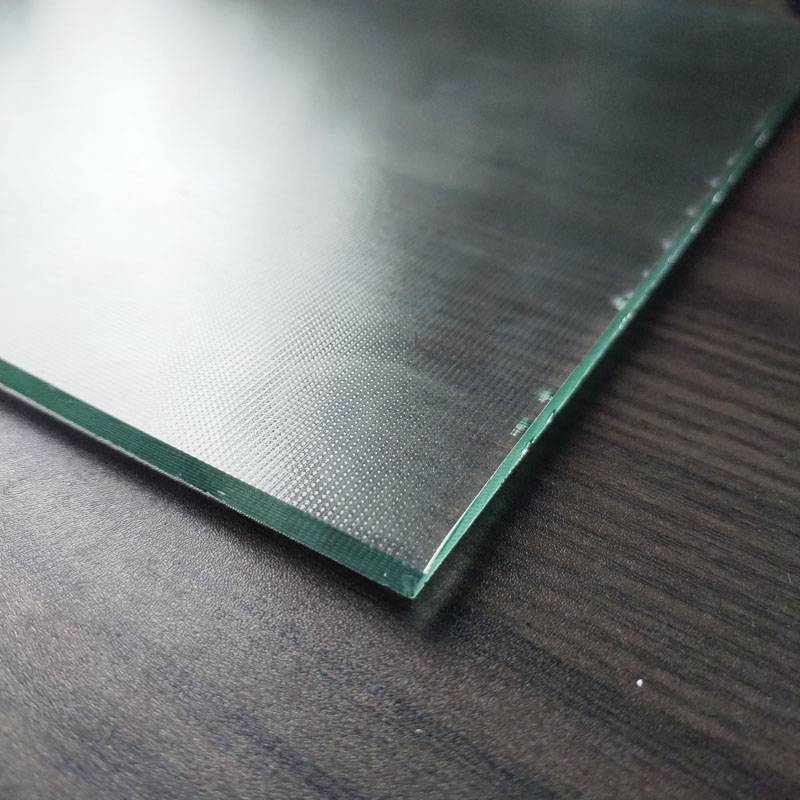The Art and Science of Glass Acid Design
In the world of design and materials engineering, the intersection of glass and acid is a fascinating realm that combines aesthetics with functionality. Glass acid design refers to the innovative techniques employed to manipulate glass surfaces through the use of acids, resulting in unique textures, patterns, and enhanced properties. This article delves into the intricacies of glass acid design, exploring its processes, applications, and the future of this captivating field.
Understanding Glass Acid Design
At its core, glass acid design is an intricate process that employs acid etching or acid washing to modify the surface of glass. This method involves applying an acidic solution to the glass, which reacts with the silica present in the glass material. The reaction creates a textured surface, allowing for a range of visual and tactile effects. This technique can be used to create frosted, opaque, or patterned glass surfaces, adding depth and dimension to otherwise plain glass.
Acid etching is not only an artistic endeavor but also enhances the functionality of glass products. For example, etched glass provides better translucency while obscuring visibility, making it perfect for applications in bathrooms or private spaces. Additionally, the textured surface can improve grip and reduce glare, making it safer for functional applications such as tabletops, windows, and decorative panels.
The Process of Glass Acid Design
The process of glass acid design can be broken down into several key steps
1. Selection of Glass The type of glass chosen for acid design is crucial. Factors like thickness, color, and clarity will affect the final outcome. Common choices include float glass, tempered glass, and colored glass.
2. Design Creation Before applying acid, the desired pattern or texture must be designed. Designers often use computer-aided design (CAD) software to create intricate patterns that will be transferred to the glass surface.
glass acid design
3. Masking Areas of the glass that should not be etched are covered with a protective masking material. This ensures that only selected regions are exposed to the acid, creating sharp details in the final design.
4. Acid Application The acid solution is carefully applied to the exposed areas of the glass. The concentration and type of acid used can vary depending on the desired texture and finish. Often, hydrofluoric acid or sulfuric acid is used in this step.
5. Rinsing and Finishing After the acid has been allowed to work for a specified time, the glass is rinsed thoroughly to halt the etching process. Any masking material is removed, and the glass is inspected for quality. Additional polishing might be performed to achieve the desired appearance.
Applications of Glass Acid Design
The applications of glass acid design are as diverse as the techniques used to create them. In architecture and interior design, acid-etched glass is employed for windows, facades, and partitions to create privacy without sacrificing natural light. In the realm of art, many artists use acid etching techniques to produce stunning pieces that challenge traditional perceptions of glass.
Moreover, glass acid design has practical applications in the automotive and electronics industries. For instance, etched glass is often used in dashboards and screens, providing an anti-glare surface that enhances usability and visibility. The durability and aesthetic appeal of acid-etched glass make it a preferred choice in both commercial and residential settings.
The Future of Glass Acid Design
As technology continues to advance, the future of glass acid design appears promising. Innovations in acid formulations and application techniques are likely to yield even more precise and varied results. Furthermore, with an increased focus on sustainable practices, the industry is exploring eco-friendly alternatives to traditional acid processes, aiming to reduce environmental impact without compromising quality.
In conclusion, glass acid design stands at the fascinating crossroads of art, science, and design. Through innovative techniques, designers and artists can create stunning glass pieces that are not only visually captivating but also highly functional. As technology and sustainability practices evolve, we can anticipate exciting developments in this dynamic field, pushing the boundaries of what can be achieved with glass. The interplay between acid and glass continues to inspire, offering a window into a world of endless creative possibilities.
 Afrikaans
Afrikaans  Albanian
Albanian  Amharic
Amharic  Arabic
Arabic  Armenian
Armenian  Azerbaijani
Azerbaijani  Basque
Basque  Belarusian
Belarusian  Bengali
Bengali  Bosnian
Bosnian  Bulgarian
Bulgarian  Catalan
Catalan  Cebuano
Cebuano  Corsican
Corsican  Croatian
Croatian  Czech
Czech  Danish
Danish  Dutch
Dutch  English
English  Esperanto
Esperanto  Estonian
Estonian  Finnish
Finnish  French
French  Frisian
Frisian  Galician
Galician  Georgian
Georgian  German
German  Greek
Greek  Gujarati
Gujarati  Haitian Creole
Haitian Creole  hausa
hausa  hawaiian
hawaiian  Hebrew
Hebrew  Hindi
Hindi  Miao
Miao  Hungarian
Hungarian  Icelandic
Icelandic  igbo
igbo  Indonesian
Indonesian  irish
irish  Italian
Italian  Japanese
Japanese  Javanese
Javanese  Kannada
Kannada  kazakh
kazakh  Khmer
Khmer  Rwandese
Rwandese  Korean
Korean  Kurdish
Kurdish  Kyrgyz
Kyrgyz  Lao
Lao  Latin
Latin  Latvian
Latvian  Lithuanian
Lithuanian  Luxembourgish
Luxembourgish  Macedonian
Macedonian  Malgashi
Malgashi  Malay
Malay  Malayalam
Malayalam  Maltese
Maltese  Maori
Maori  Marathi
Marathi  Mongolian
Mongolian  Myanmar
Myanmar  Nepali
Nepali  Norwegian
Norwegian  Norwegian
Norwegian  Occitan
Occitan  Pashto
Pashto  Persian
Persian  Polish
Polish  Portuguese
Portuguese  Punjabi
Punjabi  Romanian
Romanian  Russian
Russian  Samoan
Samoan  Scottish Gaelic
Scottish Gaelic  Serbian
Serbian  Sesotho
Sesotho  Shona
Shona  Sindhi
Sindhi  Sinhala
Sinhala  Slovak
Slovak  Slovenian
Slovenian  Somali
Somali  Spanish
Spanish  Sundanese
Sundanese  Swahili
Swahili  Swedish
Swedish  Tagalog
Tagalog  Tajik
Tajik  Tamil
Tamil  Tatar
Tatar  Telugu
Telugu  Thai
Thai  Turkish
Turkish  Turkmen
Turkmen  Ukrainian
Ukrainian  Urdu
Urdu  Uighur
Uighur  Uzbek
Uzbek  Vietnamese
Vietnamese  Welsh
Welsh  Bantu
Bantu  Yiddish
Yiddish  Yoruba
Yoruba  Zulu
Zulu 

